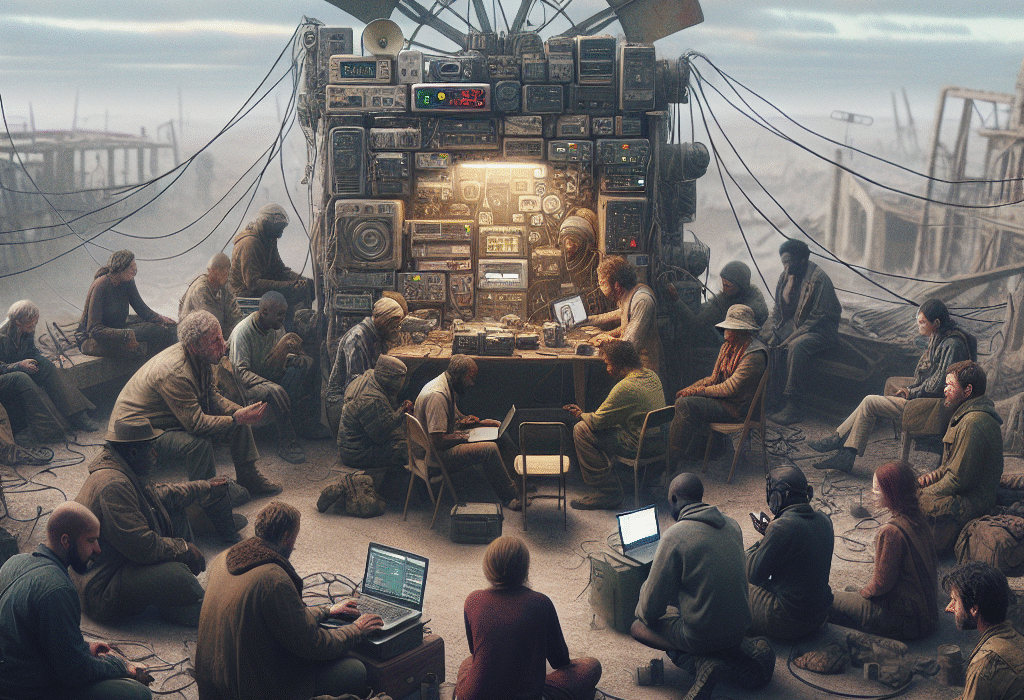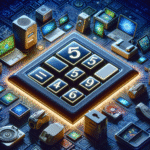Building a Resilient Disaster Network: A Guide for Post-SHTF Communications
Whether you’re a prepper, survivalist, or just someone interested in emergency preparedness, the concept of a disaster network is likely on your radar. In today’s ever-changing world, being able to communicate and coordinate in the aftermath of a disaster is essential. And that’s where a simplified disaster network comes into play.
In this blog post, we’ll explore what a disaster network is, why it’s important, and how you can set one up for your own post-SHTF operations. So, grab your favorite survival snack and let’s dive into the world of disaster networking.
What is a Disaster Network?
A disaster network is a communication system that enables connectivity between devices such as computers, tablets, and cell phones in the event of a disaster or emergency situation. Think of it as your lifeline to the outside world when traditional communication channels are down.
Why Should You Care About a Disaster Network?
You might have noticed that in today’s digital age, we rely heavily on technology for almost every aspect of our lives. From banking to healthcare to socializing, technology plays a significant role. Now, imagine a scenario where a natural disaster, cyberattack, or any other unforeseen event disrupts our traditional communication channels. That’s where a disaster network steps in to bridge the gap and keep you connected.
Here are a few reasons why a disaster network should be on your prepping radar:
-
Emergency Communication: When phones and internet are down, a disaster network can provide a way to communicate with your loved ones, emergency services, or fellow preppers.
-
Information Sharing: In a crisis situation, having access to real-time information can be a game-changer. A disaster network allows you to share updates, maps, and resources with your network.
-
Coordination of Resources: Whether it’s sharing food supplies, medical resources, or intel on the situation, a disaster network helps you coordinate efforts efficiently.
Setting Up Your Own Disaster Network
Now that you understand the importance of a disaster network, let’s talk about how you can set one up for your own post-SHTF operations. Here are some steps to get you started:
-
Choose Your Communication Tools: Depending on your needs and resources, you can opt for a combination of devices like two-way radios, satellite phones, or even walkie-talkies.
-
Create a Communication Plan: Outline who will be a part of your network, how you will communicate, and what protocols you’ll follow in case of an emergency.
-
Establish Backup Power: In a disaster scenario, power outages are common. Make sure you have backup power sources like solar panels, generators, or portable chargers to keep your devices running.
-
Practice, Practice, Practice: Just like any other aspect of prepping, practicing your communication plan is key. Conduct drills with your network members to ensure everyone knows their role.
What This Means for You
As we navigate an unpredictable world filled with natural disasters, cyber threats, and other emergencies, having a reliable disaster network can make all the difference. It’s not just about being prepared; it’s about staying connected and informed when it matters most.
So, take some time to assess your communication capabilities, brush up on your networking skills, and start building your own disaster network today. Trust me; you’ll thank yourself when the unexpected happens.
Conclusion: Stay Connected, Stay Safe
So, here’s the deal, a simplified disaster network is a valuable asset in any prepper’s toolkit. By taking the time to set up a reliable communication system, you’re not just preparing for the worst – you’re also ensuring that you can stay connected and informed in times of crisis.
So, what are you waiting for? Start thinking about your disaster network setup today and make sure you have a plan in place for when disaster strikes. Your future self will thank you for it.
What are your thoughts on this trend? Let me know what you’d choose.







